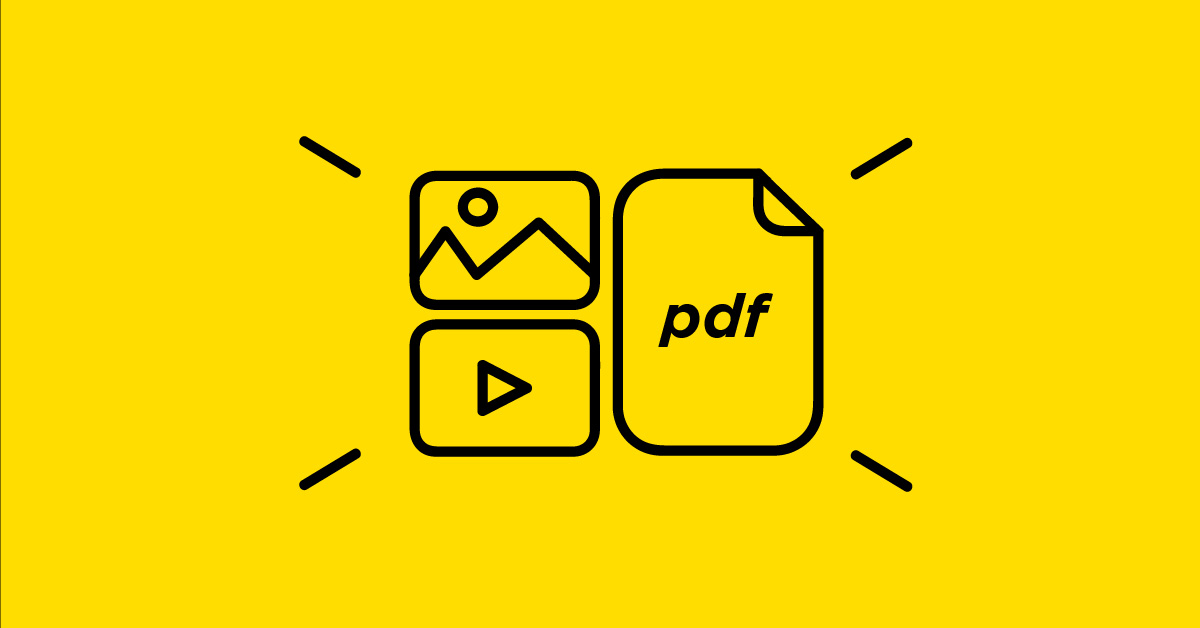

graphics.SmoothingMode specifies whether lines, curves, and the edges of filled areas use smoothing (also called antialiasing) - probably only works on vectors.graphics.InterpolationMode determines how intermediate values between two endpoints are calculated.graphics.CompositingQuality determines the rendering quality level of layered images.SourceCopy specifies that when a color is rendered, it overwrites the background color. graphics.CompositingMode determines whether pixels from a source image overwrite or are combined with background pixels.

Compositing controls how pixels are blended with the background - might not be needed since we're only drawing one thing.destImage.SetResolution maintains DPI regardless of physical size - may increase quality when reducing image dimensions or when printing.wrapMode.SetWrapMode(WrapMode.TileFlipXY) prevents ghosting around the image borders - naïve resizing will sample transparent pixels beyond the image boundaries, but by mirroring the image we can get a better sample (this setting is very noticeable).Graphics.DrawImage(image, destRect, 0, 0, image.Width,image.Height, GraphicsUnit.Pixel, wrapMode) WrapMode.SetWrapMode(WrapMode.TileFlipXY) Using (var wrapMode = new ImageAttributes())

Graphics.PixelOffsetMode = PixelOffsetMode.HighQuality Graphics.SmoothingMode = SmoothingMode.HighQuality Graphics.InterpolationMode = InterpolationMode.HighQualityBicubic Graphics.CompositingQuality = CompositingQuality.HighQuality Graphics.CompositingMode = CompositingMode.SourceCopy Using (var graphics = Graphics.FromImage(destImage)) Var destImage = new Bitmap(width, height) ĭestImage.SetResolution(image.HorizontalResolution, image.VerticalResolution) Var destRect = new Rectangle(0, 0, width, height) Public static Bitmap ResizeImage(Image image, int width, int height) / Resize the image to the specified width and height. The final validation accuracy of the model using resizing and hyper tuning is 62.57%.This will perform a high quality resize: /// to increase the overall validation accuracy. After reaching the image size, we hyper-tune other parameters such as Learning Rate, Optimizers, etc.

It also makes the training process adaptable to available hardware resources. This approach enables the model to derive more relevant and precise features as we move towards the original image size. We use the resizing image technique which trains multiple model times over different image sizes. In this paper, we present a new method to get above average validation accuracy while circumventing these problems. These approaches are often plagued by problems of overfitting and vanishing gradients. The validation accuracy of the existing systems maxes out at 61- 62% with a select few shooting beyond 68-69%. It is generally considered one of the harder datasets in the domain of image classification. Stanford’s Tiny ImageNet dataset has been around for a while and neural networks have struggled to classify them. Deep neural networks have attained almost human-level performance over several Image classification and object detection problems, deploying robust and powerful state-of-the-art networks.


 0 kommentar(er)
0 kommentar(er)
